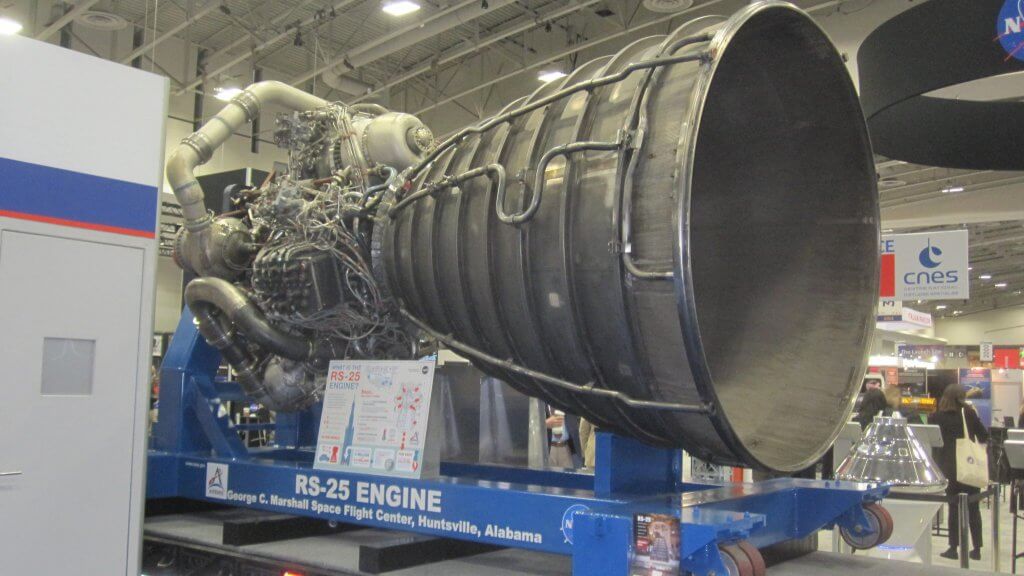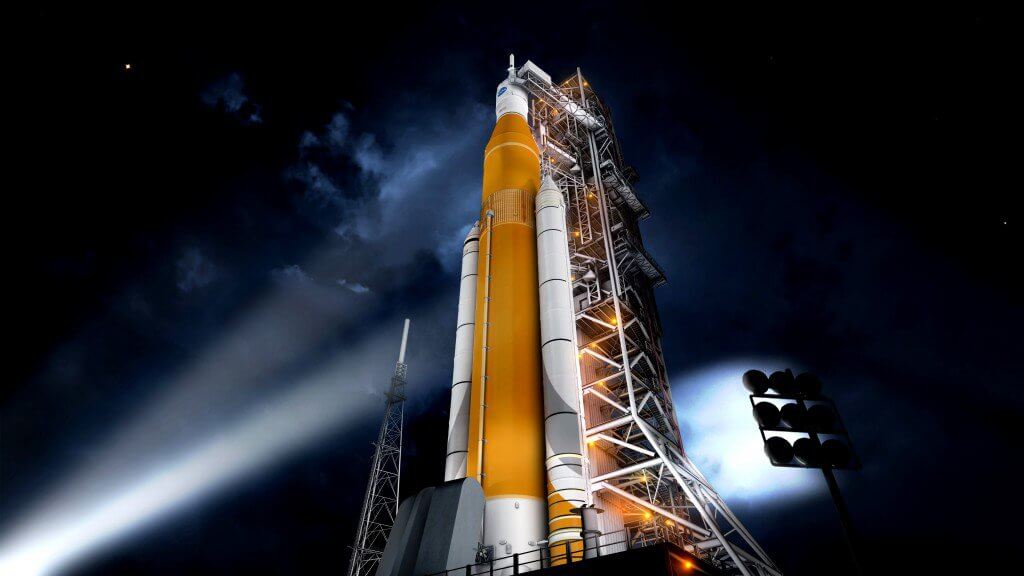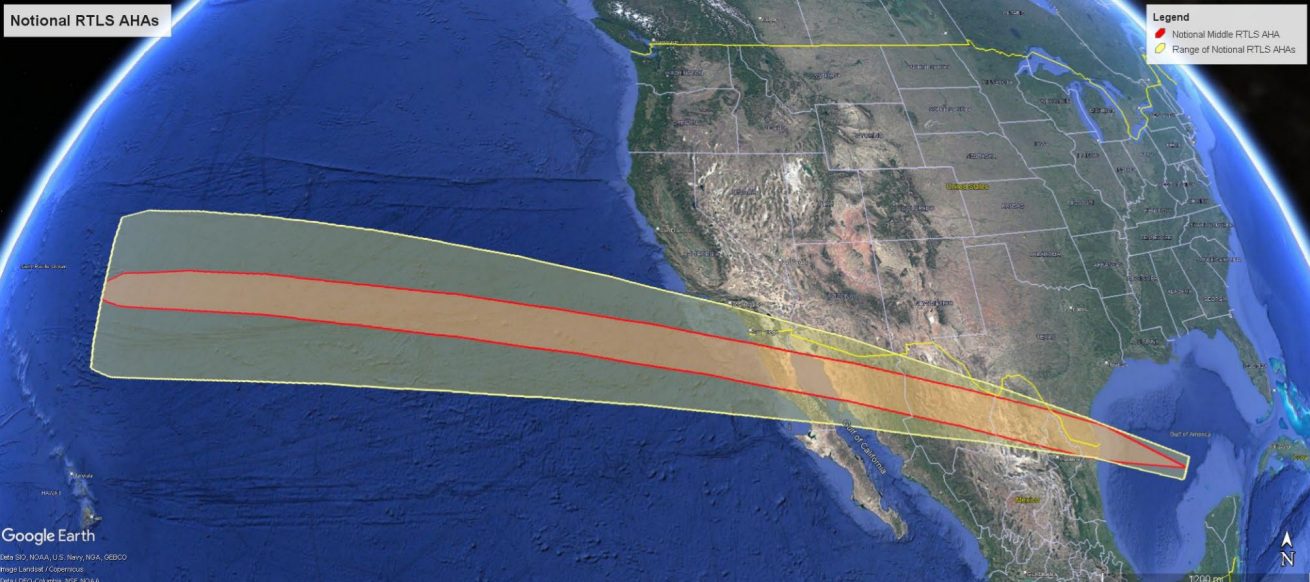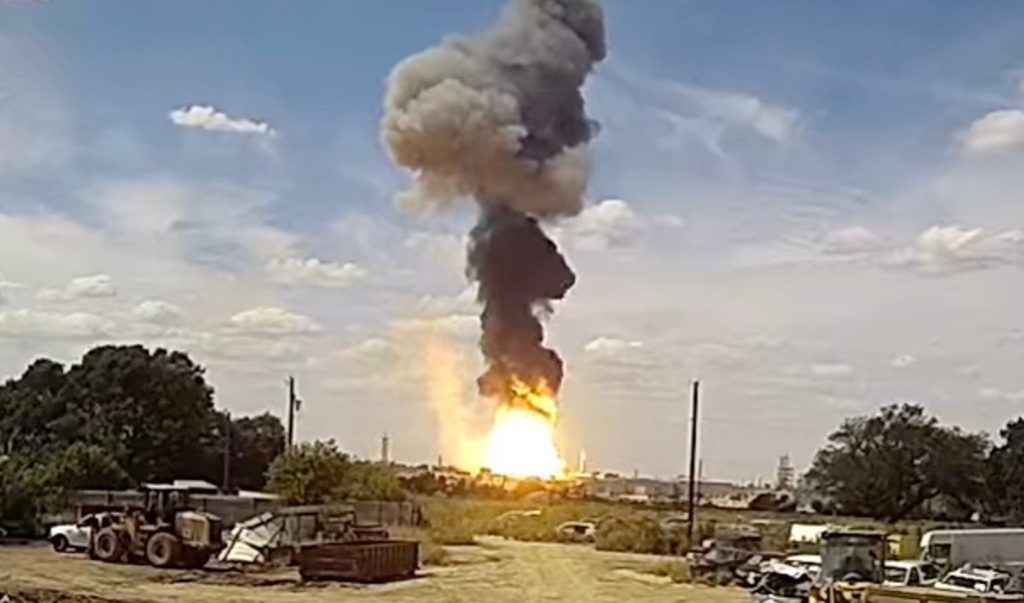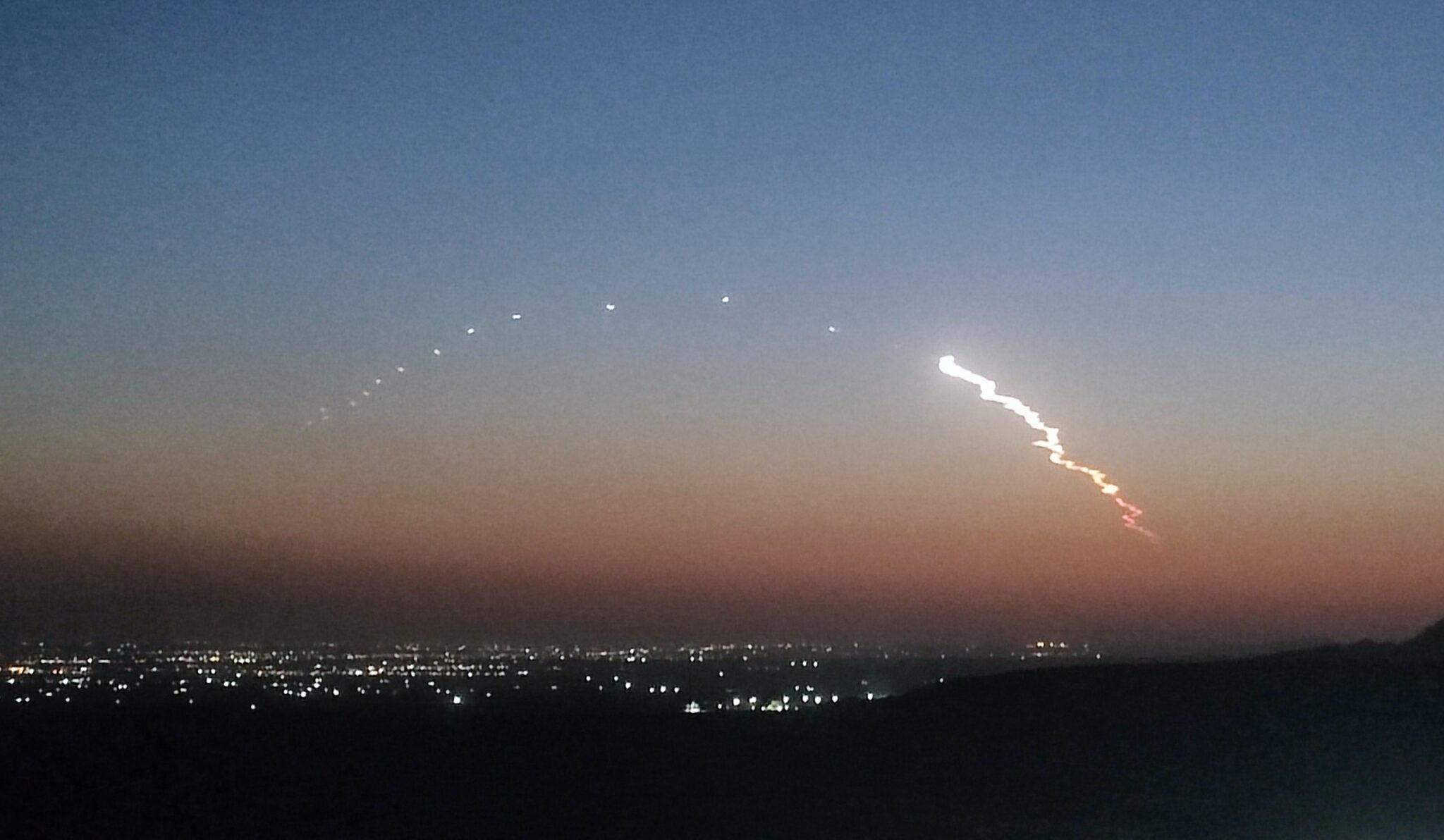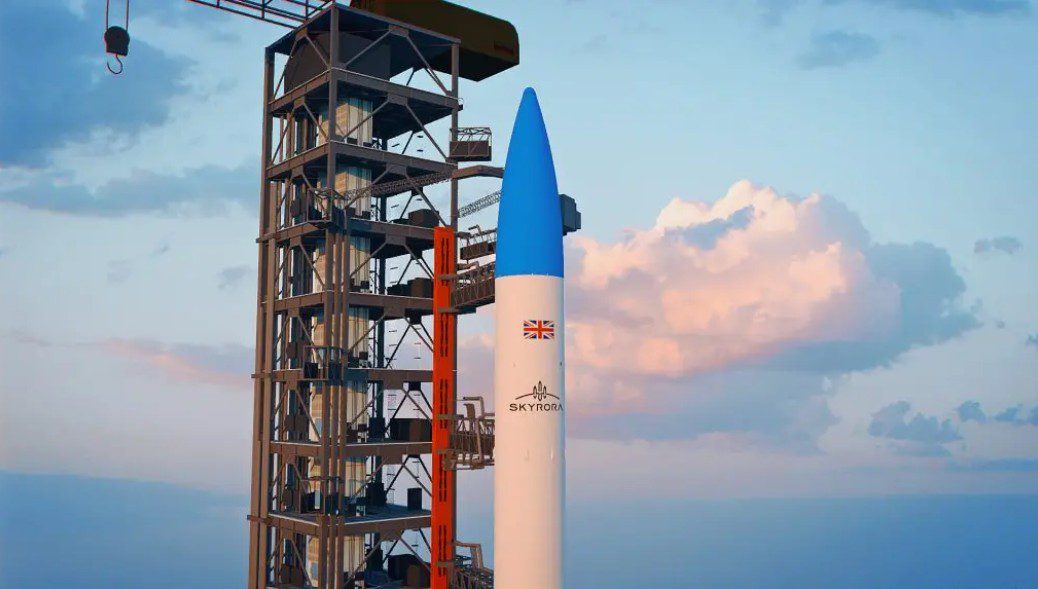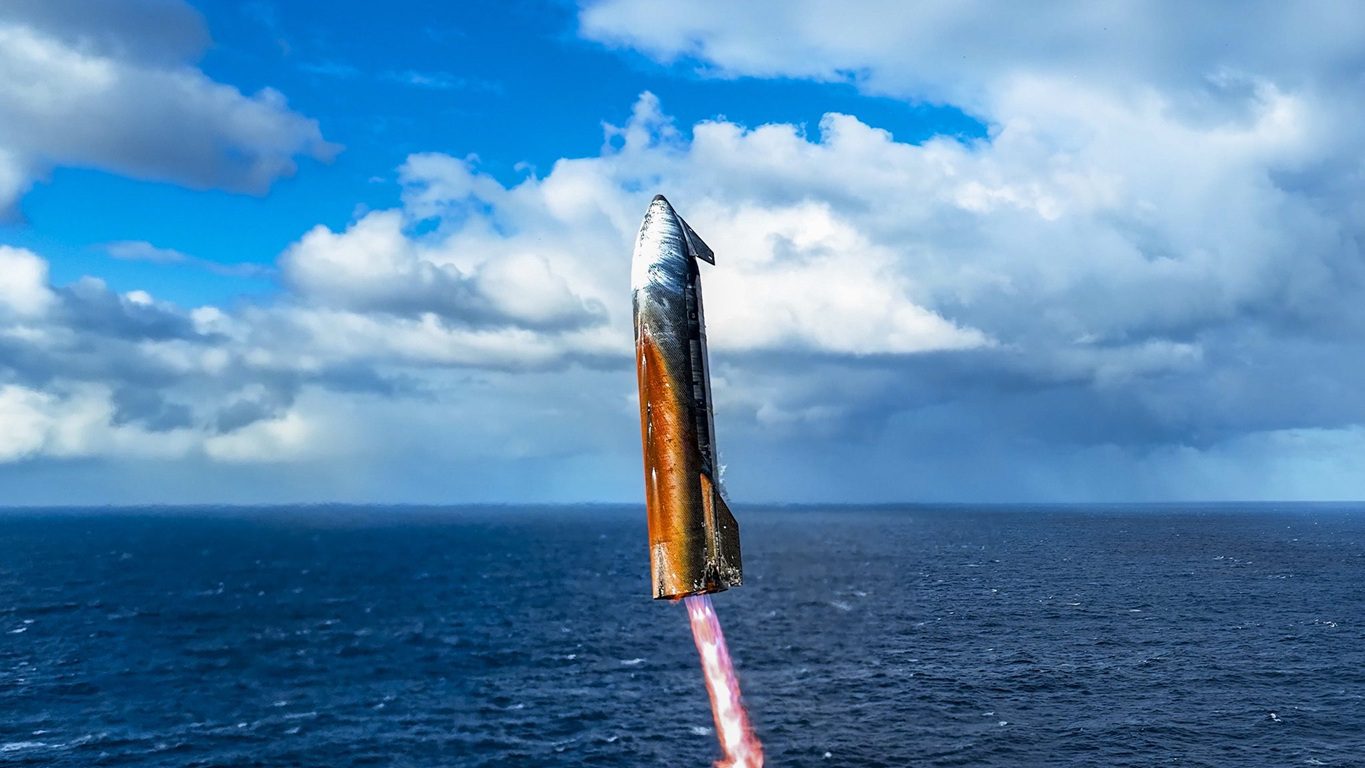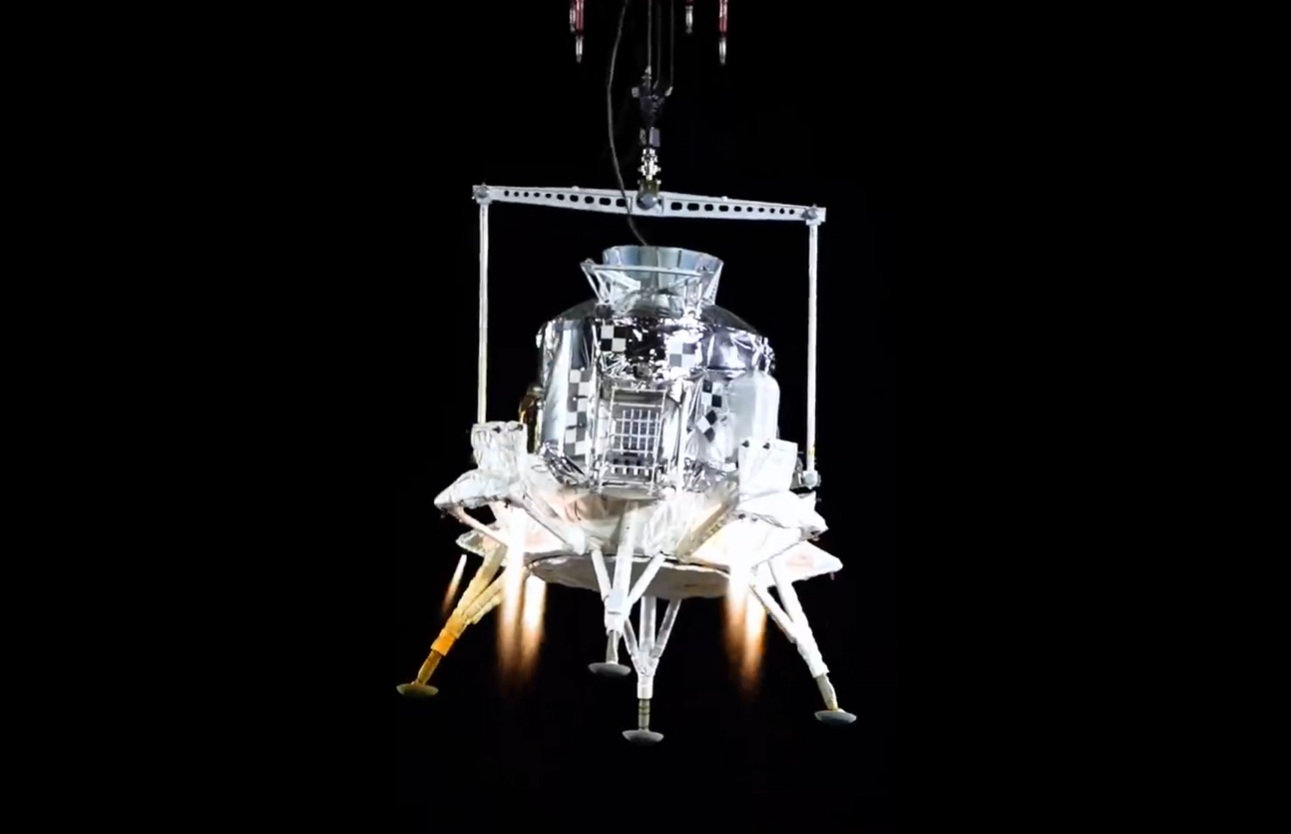NASA might have said that it wanted a minimum of 250 seconds’ worth of engine firing plus gimbal movements to attain whether the SLS core stage was safe to launch, but it did not get it at the test firing at the Stennis Space Center, Mississippi, USA. In the end, the test firing at 1030 GMT on 16 January, lasted just 67 seconds. This test was to evaluate the four RS-25 former Space Shuttle Main Engines (SSME) – since refurbished and fitted with new computer controllers – that power the SLS core stage.
An automatic shutdown was caused by Engine No 2’s hydraulic generating Core Stage Auxiliary Power Units (CAPUs) exceeding pre-set limits related to the actual test stand being used. The CAPUs provide hydraulic pressure to the engine’s two Thrust Vector Control actuators. The result was that once these limits were exceeded, the computerised system ordered the faulty CAPU to shut down and with it all four RS-25 engines. NASA pointed out that on a real flight, that any CAPU failure would have resulted in the remaining CAPUs making up for the lost CAPU’s hydraulic failure and that an all engine shutdown would not have been ordered. Nevertheless, while it has been mooted that enough engine firing data was produced by the test, it is likely that another test will be required before the SLS stage is cleared. This could even delay is first unmanned flight until next year.
NASA’s well regarded outgoing Administrator Jim Bridenstine, who must have wished for a better send off, accepted that the final “Green Run” programme test had not gone to plan. Nevertheless he put a brave face on the situation with the suggestion a maiden flight for SLS this year may still be possible. “They’re still looking through the data, but based on the preliminary feedback, I’m actually feeling good about it,” said Bridenstine.
SLS is facing a difficult future. Already late and overbudget, and now apparently further delayed, it now faces the challenge of the imminent arrival of the more capable, and very much cheaper-to-operate, SpaceX heavy lift rocket Starship/Superbooster combination.
Many are already wondering if NASA would be wise to pursue the more powerful Block 1B and Block 2 versions of the SLS via the upgrade of the four RL-10 engine Exploration Upper Stage at all. The EUS has recently been given the technical green light and been given the budget funding to be proceeded with. Critics point out that a possible alternative to allow Project Artemis lunar landings would be to use a beefed up SpaceX super heavy to carry a lunar landing craft to lunar orbit, and just use the imminent SLS Block 1 (which uses the current ICPS upper stage) only as an Orion carrying launch vehicle.
SLS has already lost some of its key support in the US Senate. While it could be said that Senators were its fathers as they insisted that former Space Shuttle technology should be used on SLS, this “pork barrel” political support is waning. For example, Republican Senator Richard Shelby, a strong supporter of SLS given that much of the work is done in his Alabama constituency, will now no longer be Chair of the Senate Appropriations Committee – the main decider of NASA’s budget including those for individual NASA programmes.

